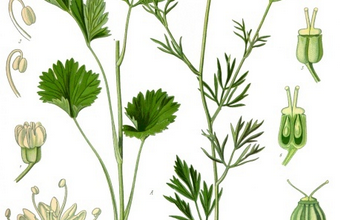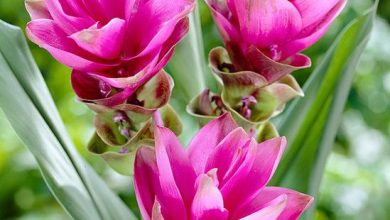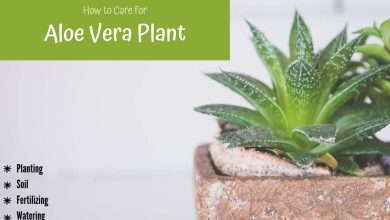Transplanting Plants in [15 Steps]: How, When and Where to Do It
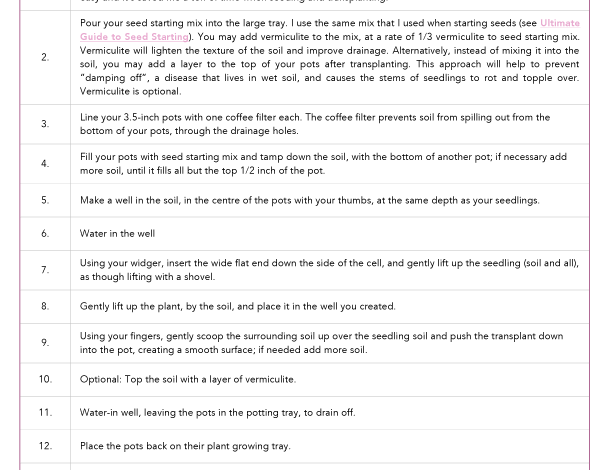
Plant care requires different procedures to ensure that thesehave a long life.
Although at first it may seem like a little technical work, there are elements, such as transplantation, for which it is necessary to have certain information.
That is why today we will talk about everything related to that and you cannotmiss a single linebecause here is the most useful information about it.
What is plant transplant?
Plant transplantation is a procedure that consists of moving plants from one place to another in order to help the proper development of the roots.
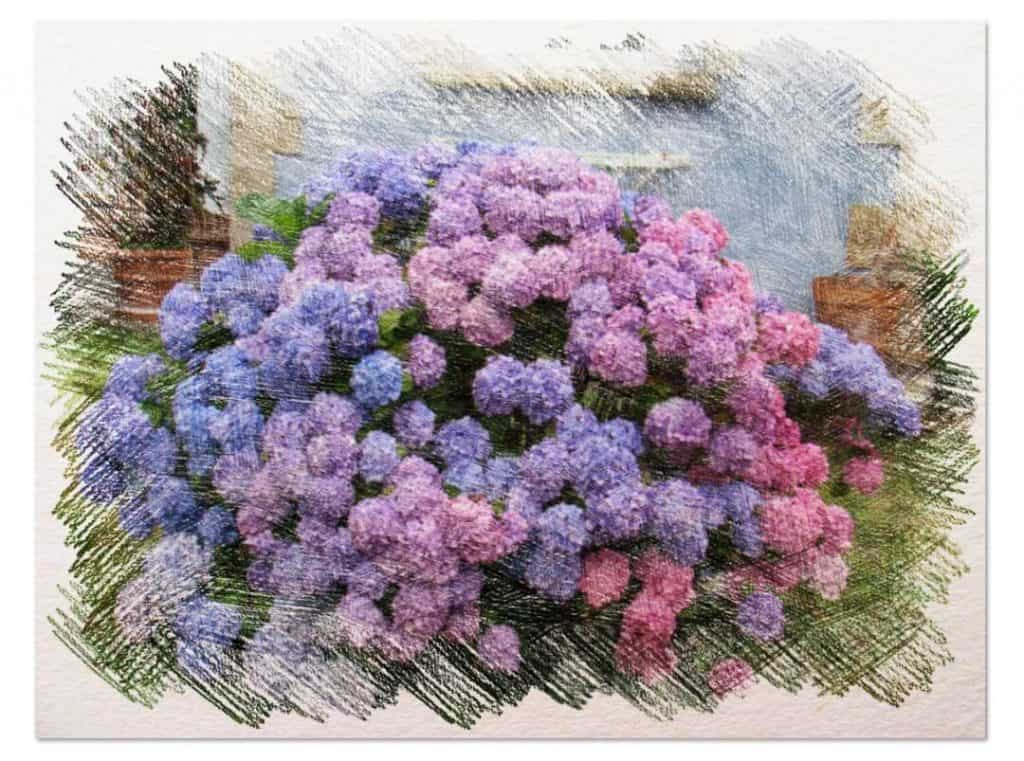 In this process there are several elements that intervene, counting as the main one having a good destination land so that the process is worthwhile.
In this process there are several elements that intervene, counting as the main one having a good destination land so that the process is worthwhile.
Many people take advantage of planting a plant in a pot in order to take up little space or take care of it while it germinates.
But, at certain times, it reaches a larger size that prevents it from being kept in that place.
It’s right there whena transplant is essentialand urgent.
When should a transplant be performed?
One of the fundamental steps to ensure that the plant can have the appropriate development is to transplant it at the right time.
This means that its primary development process cannot be interfered with. Whether it’s budding or the first stage of growth.
 Nor is it appropriate to do so when they are in the production phase, because with flowers or fruits a resistance to change could be generated that ends up affecting their health.
Nor is it appropriate to do so when they are in the production phase, because with flowers or fruits a resistance to change could be generated that ends up affecting their health.
So, based on the above, the ideal time will be when you have reacheda certain level of maturity,without this being complete.
Most of the time, transplants are done because the plants do not have enough space available.
These are key moments, because if you don’t act quickly, they can stop their growth or start the path to death.
How should a plant transplant be done?
Doa plant transplant It shouldn’t be a very complex job if you follow the proper steps.
The first thing will be to define where the plant is going and around it follow the following process:
- If you go to a larger container, make sure it will be suitable for the plant.
- All planters should have a vent at the bottom to allow excess water to escape.
- If you go to a garden, you have to make a hole wide and deep enough to protect the roots.
- It is necessary that the destination place has a good soil, nourished and moist.
- If the soil is from a garden, it will have to be mixed with a substrate that reinforces the presence of nutrients.
- If the plant is going to be transplanted with a root ball, it will be necessary for the soil to be very moist so that it does not crumble.
- In the event that it is done bare root, it must be done quickly to prevent the plant from dehydrating.
- The roots must be treated very carefully, avoiding breaking or bending them.
- When introducing the complete root in the destination, it must be filled very well with soil, taking care that nothing is exposed.
- Finally, it should be irrigated with enough water so that it takes on the appropriate hydration.
Another important detail isavoid direct exposure of the roots to sunlight,so it will be better to do it during shady weather or inside the house.
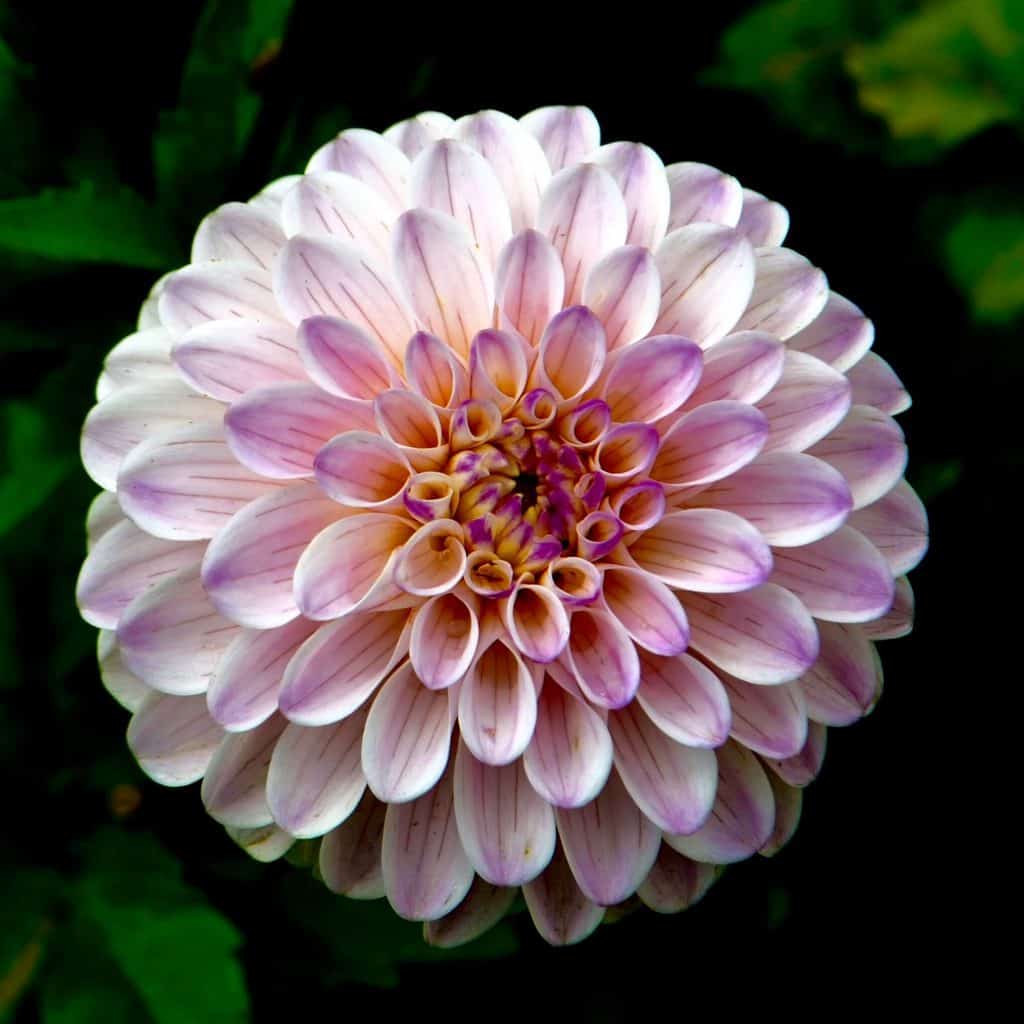
How to transplant bulbs?
The bulbs are vegetal formations that maintain the nutrients of certain types of plants during periods of low temperatures.
Its transplant becomes necessary at the moment of detecting that a daughter bulb has been born next to the mother bulb, causing both to be affected in terms of space.
In view of the delicacy of its pieces, it is essential to follow an appropriate procedure so that everything is positive. This will be like this:
- To carry out a correct transplantation, it will be necessary to know the exact location of the bulb with the sprout that occurs on the ground.
- Through this outbreak, the bulb obtains energy from the sun, so it is essential not to cut or mistreat it.
- Digging up is a process that must be done with extreme care, making sure that the bulb is completely extracted and that the roots are not affected too much.
- The separation of the bulbs can be done gently with your own fingers, without the need to resort to other mechanisms or tools.
- As in all cases, it is essential that the land is well nourished, using fertilizer, manure or compost.
- The bulbs that are in poor condition will have to be discarded.
- When transplanting, it will be necessary for the depth of the hole to reach at least 3 times the height of the bulb.
- The separation between one bulb and another should be about 10 centimeters to prevent their roots from colliding.
- Make sure there is always a good amount of water to keep them well hydrated.
When transplanting the bulbs, it is also necessary to consider thatthey need a lot of sunlightfor good growth.
In the same way, it will be necessary to ensure that the land is not muddy and can drain the water well when there is abundant rain.
How to transplant trees?
perform the correcttransplanted from young treesIt will ensure that they develop with sufficient strength and grow healthy and firm.
For this reason, complying with each step is essential, since this science has more than just digging a simple hole and inserting the plant there.
So, the steps to follow will be the following:
- Take an appropriate measurement of the current root of the tree to determine the width and depth of the hole.
- Added to this, it will be necessary to leave a space between the walls of it and the roots.
- It is also interesting to remove the edges a little by adding some nutrient compound to it so that the roots spread with confidence.
- It is important that the entire area is free of agents that can affect development, such as stones, other roots or cement constructions.
- At the bottom of the hole a good fertilizer should be added and with the help of a shovel it will be mixed with the soil that is further down.
- A little earth will be added from the one that has been dug up by digging.
- The plant should be placed next with great care not to mistreat the root.
- This will be filled with a mixture of the earth extracted from the hole and another bit of fertilizer (this can also be homemade compost).
- It is very important to cover all the areas so as not to leave air passages between the roots.
- Also noteworthy is the fact that the stem is always very vertical and with a good orientation towards the sunlight.
- To compact the soil, you can crush the entire area around the trunk, carefully to avoid mistreating the roots.
- The final phase will be to keep the center a little sunken around the trunk that will serve to water and that the area is always moist.
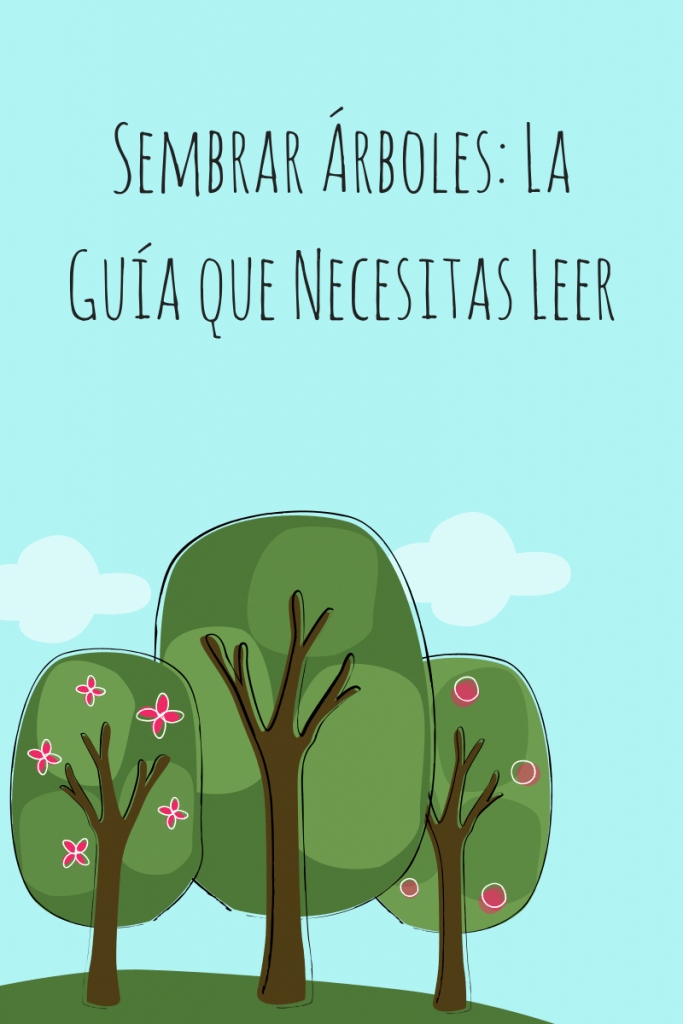
How to transplant flowers?
The flowers present a transplant condition similar to the previous processes.
The only variation with respect to this type of plant lies in the fact that its stem must be treated with much more extreme care to prevent the flower from being affected.
The transplant of flowers occurs, above all, when a seed has been allowed to germinate in a pot and then placed in the garden.
In addition, it must be considered that certain species need special treatment, as in the case of orchids whose substrate is different from that of normal use.
Advantages and disadvantages of plant transplantation
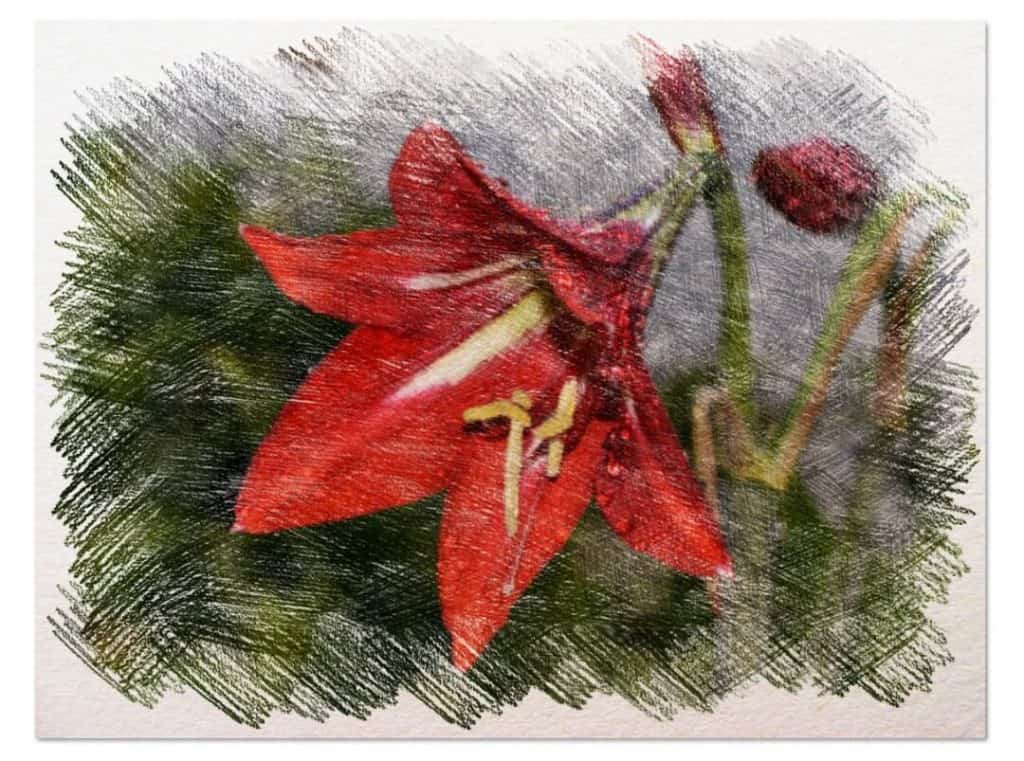 Most of the time, repotting has the distinct benefit of giving roots more room to grow.
Most of the time, repotting has the distinct benefit of giving roots more room to grow.
Advantage
However, there are still other advantages to know about this:
- If it is done with a root ball, the plant does not suffer any type of modification in its structure or at the time of adaptation.
- When it is offered more space and a nourished land, the necessary care will be less and less.
- In a larger space, more humidity will be available, so the roots will be fresh and this will be evident in the quality of the leaves.
Disadvantages
But, not everything in this matter is positive, since there are some elements that can be classified as disadvantages and that are mentioned below:
- If the transplant is done without a root ball, the roots can easily dehydrate, especially on very hot days.
- It is very important to choose the correct moment to do the transplant or else there is a risk that the plant will die after the process.
- Above all, you have to be very careful with the seasons and check if the plant is evergreen or not, since this greatly influences its development and the ease it will have to adapt to the new environment.
- The weeks following the transplant it will be necessary to keep the soil very moist to prevent the roots from drying out.
plant transplantsare essential for the healthy conservationand their good growth.
Therefore, your application should not be delayed any longer than is appropriate and should always be executed with great care in each process.

![Photo of Rose of Alexandria: [Cultivation, Care, Irrigation, Substrate and Pests]](https://www.complete-gardening.com/wp-content/uploads/2022/08/rose-of-alexandria-cultivation-care-irrigation-substrate-and-pests-390x220.jpg)
